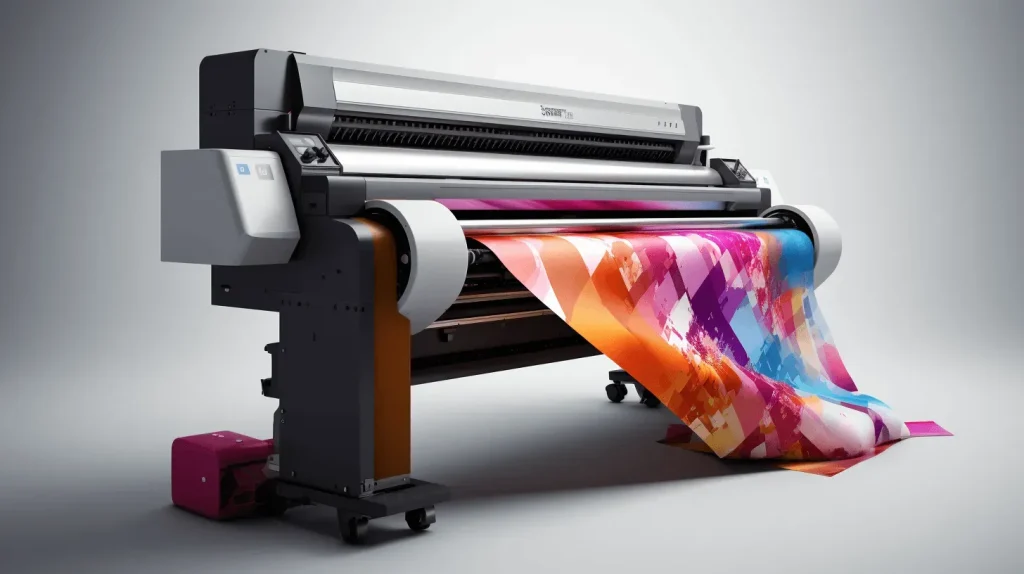DTF printing, or Direct to Film printing, is revolutionizing the custom apparel industry by offering vibrant and durable designs on various fabrics. By utilizing advanced technology, this method allows for high-quality prints while also maximizing efficiency through innovative techniques like gangsheet printing. In this guide, we will delve into crucial DTF printing tips that can elevate your productions and improve overall output. One key aspect of DTF printing is ensuring DTF artwork optimization, which enhances the end result considerably. Additionally, implementing proper DTF fabric treatments can enhance adhesion and longevity, making your prints stand out in a competitive marketplace.
Direct to Film printing, often abbreviated as DTF printing, is an innovative technique that has gained traction in the realm of custom garment printing. This method excels in producing vibrant designs that cater to various fabric types, revolutionizing the way prints are transferred onto materials. Techniques such as gangsheet printing not only increase productivity but also reduce waste—a significant benefit for eco-conscious businesses. Optimizing artwork for DTF processes is essential for achieving stunning results, as well as applying effective fabric treatments to ensure durability. By understanding these fundamental principles, businesses can harness the full potential of DTF technology and thrive in the competitive landscape of apparel printing.
Mastering DTF Artwork Optimization
When it comes to DTF printing, the quality and clarity of your artwork are paramount. Optimizing your designs entails not only choosing the right file formats but also ensuring that your images are prepared specifically for the printing process. Begin by utilizing tools that allow for high-resolution artwork in the correct color profiles. This preparation will enhance the final output, ensuring that your prints reflect the vibrancy and detail of your original designs. It’s advisable to leverage vector graphics to maintain quality across different sizes, which is essential when arranging multiple designs on a gangsheet.
Additionally, the use of design grids can greatly aid in the effective layout of your gangsheet. By employing gridlines, you can meticulously plan the arrangement of your designs, preventing any overlap that could lead to mishaps during printing. Such attention to detail is what sets professional printers apart and ensures that your final products are not just satisfactory but exceptional.
Frequently Asked Questions
What is DTF printing and how does it differ from traditional methods?
DTF printing, or Direct to Film printing, is a revolutionary technique in the custom apparel printing industry that allows for high-quality, vibrant designs to be applied to various fabrics. Unlike traditional methods like screen printing, DTF uses specialized inks that are printed onto a transfer film, which is then heat-pressed onto the fabric, providing greater detail and more color options.
How can I enhance my DTF printing results using gangsheet printing?
To enhance your DTF printing results, utilize gangsheet printing by arranging multiple designs on a single sheet. This maximizes efficiency and minimizes waste. Make sure to optimize your artwork for gangsheet layout, ensuring proper spacing between designs to avoid overlap during the printing process.
What are some essential DTF printing tips for optimizing artwork?
When optimizing artwork for DTF printing, select high-quality vector graphics to ensure clarity and vibrancy. Arrange multiple designs on the gangsheet efficiently and use software tools to align them properly. This will prevent pixelation and maintain the high quality needed for stunning prints.
What treatments are necessary for fabrics when using DTF printing?
Proper fabric treatments are crucial for successful DTF printing. It is vital to apply bonding agents that enhance the ink’s adhesion to the fabric. Alongside these treatments, always follow the manufacturer’s application guidelines to ensure longevity and durability of the printed design.
What settings should I consider when printing with DTF inks?
When using DTF inks, it is crucial to select inks specifically designed for optimal quality and durability. Adjust print settings based on the fabric type, including temperature and pressure settings, to achieve clear and vibrant prints while avoiding issues like bleeding or fading.
How do I maintain my DTF printing equipment for the best results?
To maintain your DTF printing equipment, regularly clean the print heads and nozzles to prevent clogs and ensure consistent ink flow. It’s also important to check alignment and make adjustments as needed to prolong the life of your printer and enhance the quality of your prints.
| Tips | Details |
|---|---|
| 1. Optimize Artwork for Gangsheet Layout | Prepare your designs for gangsheet format, combine multiple designs, and use vector graphics to ensure quality. |
| 2. Use High-Quality Files | Start with high-resolution files (minimum 300 DPI) and use the correct color profiles for accuracy. |
| 3. Consider Ink and Print Settings | Choose DTF inks specific for quality, and adjust printer settings like temperature and pressure for optimal results. |
| 4. Pre-Treat Fabrics Appropriately | Apply bonding agents for better ink adhesion, following manufacturer guidelines for pre-treatment. |
| 5. Frequent Maintenance of Printing Equipment | Regularly clean print heads and check alignment to ensure even ink flow and enhance print quality. |
Summary
DTF Printing is a transformative technique in custom apparel creation that allows for high-quality, vibrant designs on various fabrics. By implementing the five essential tips outlined to enhance your DTF printing process with a gangsheet builder, you can improve the overall efficiency and quality of your prints. From optimizing your artwork and using high-resolution files to ensuring proper ink selection and printer maintenance, each step contributes to achieving outstanding results. Focusing on these details not only elevates your print quality but also reinforces your brand’s reputation in a competitive market. As you integrate these strategies into your workflow, you’ll find that maximizing your DTF printing potential can lead to increased customer satisfaction and business growth.

